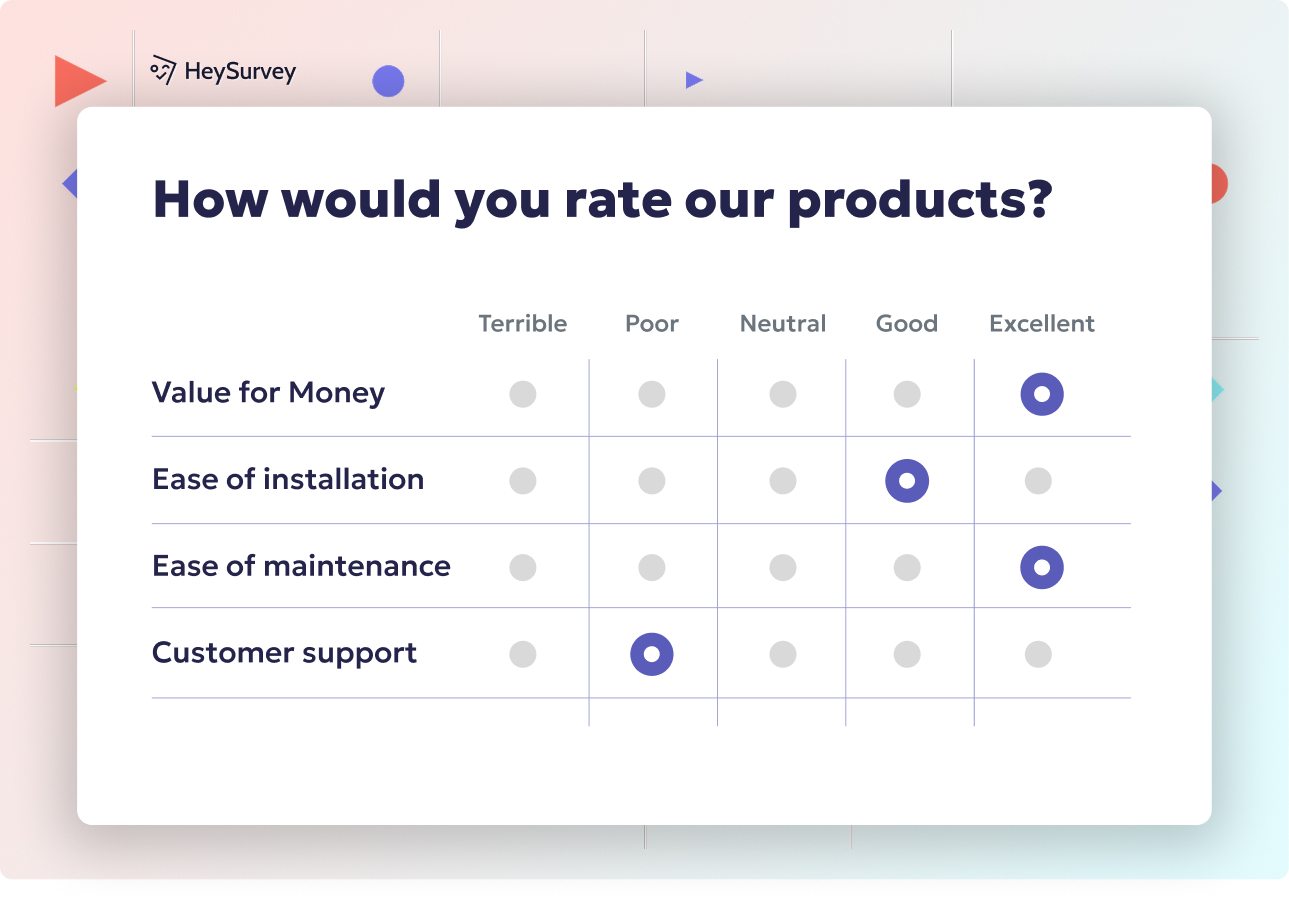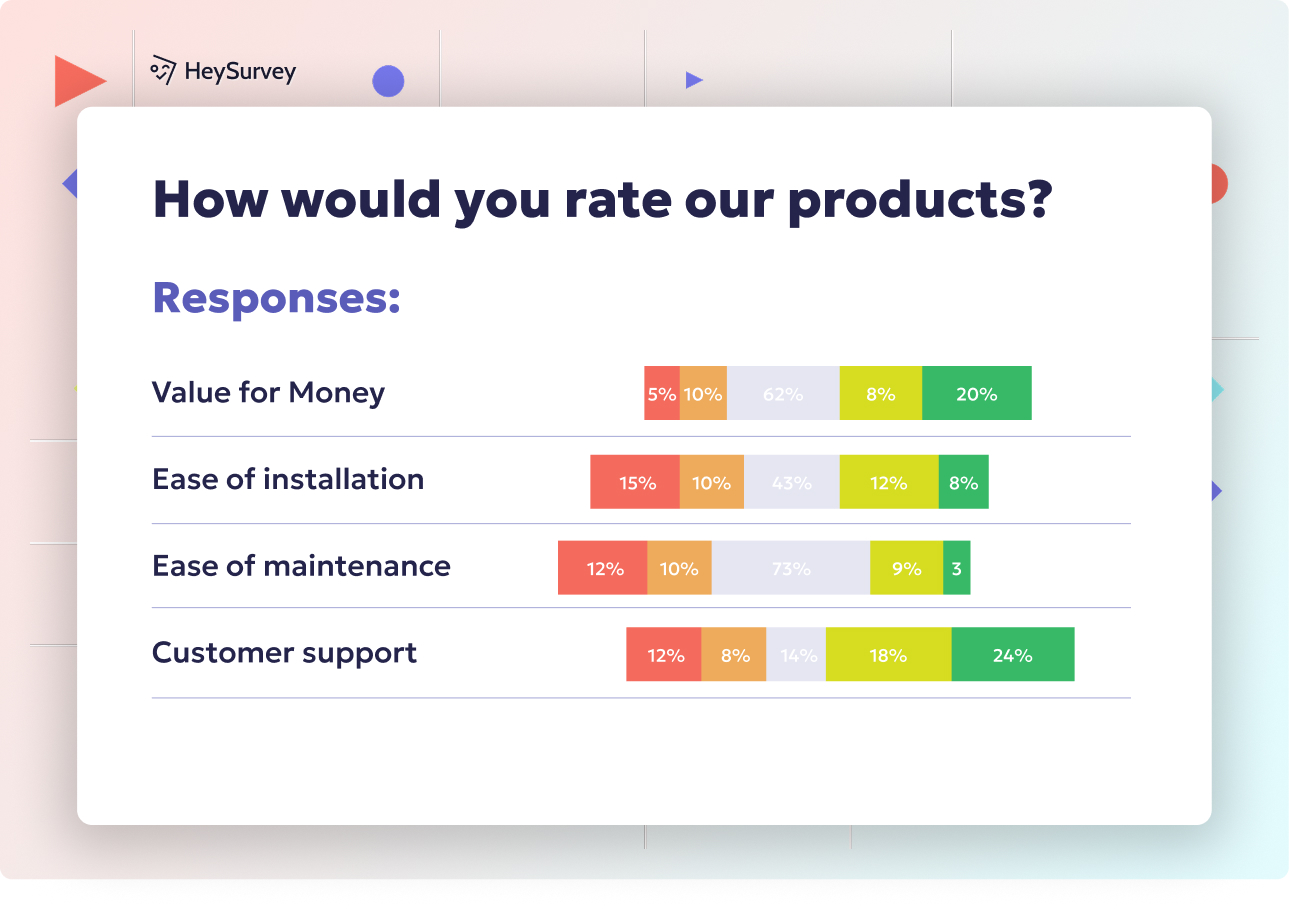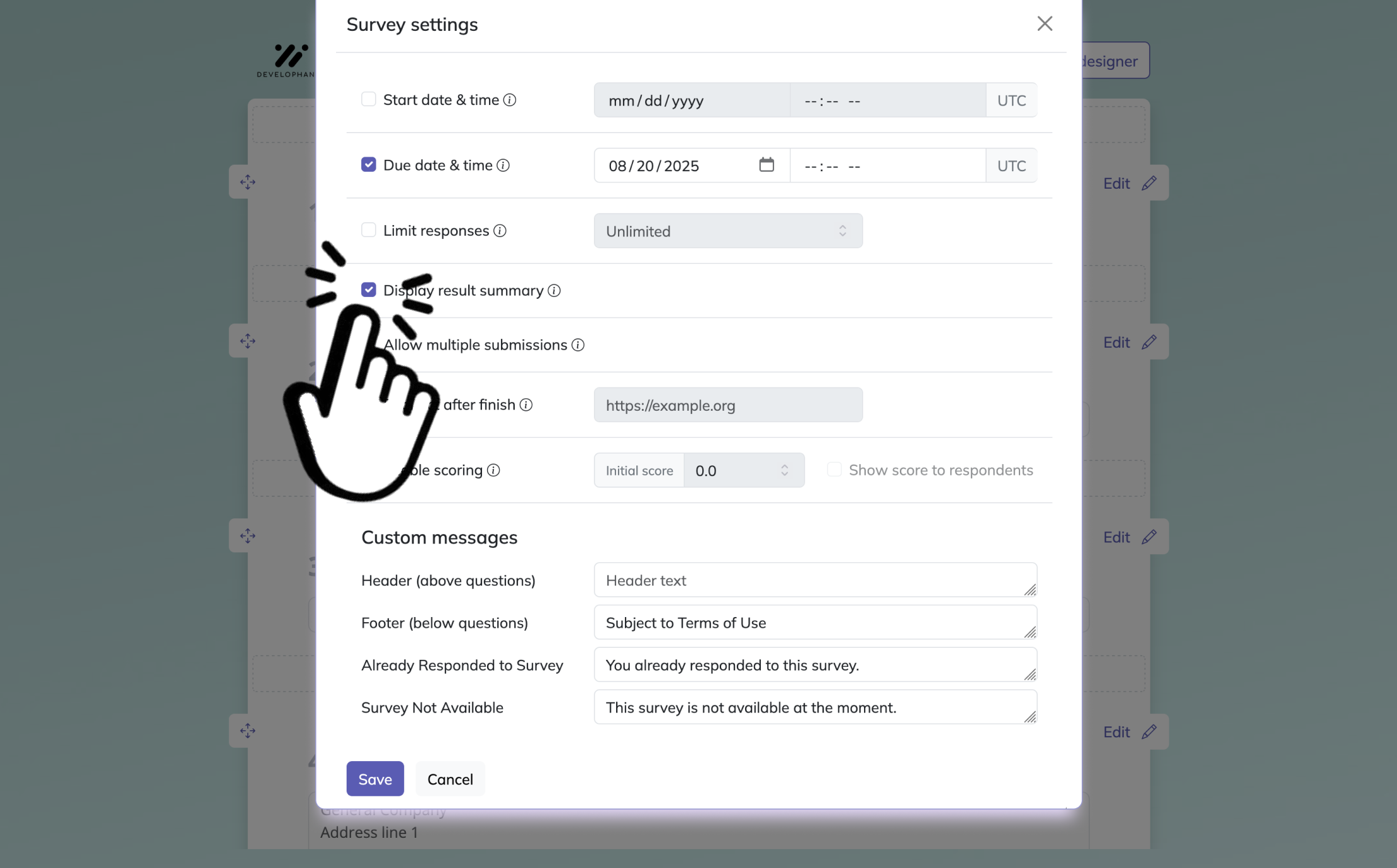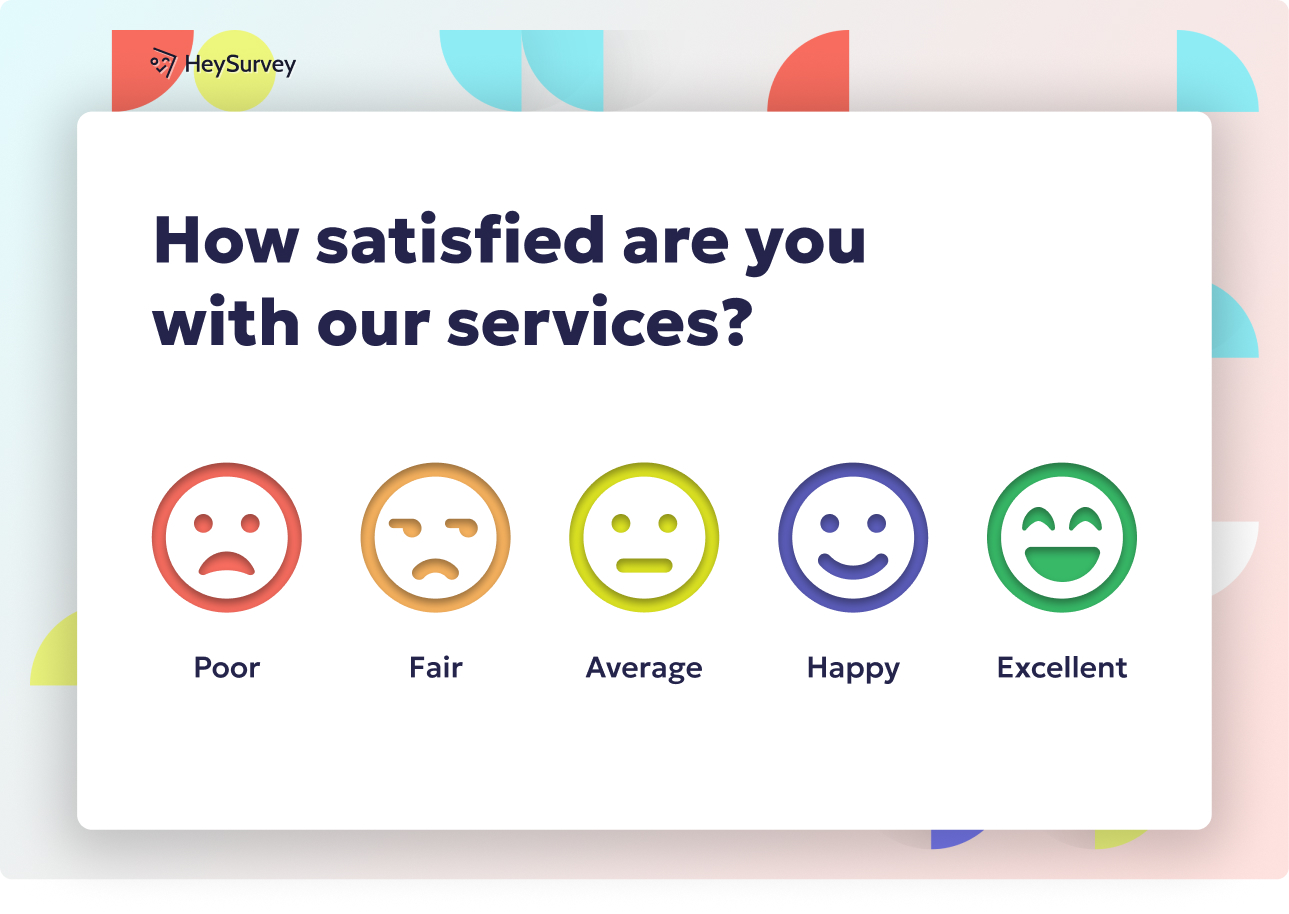28 Empowerment Survey Questions to Inspire Your Team
Discover 25 powerful empowerment survey questions designed to boost engagement and insights—perfect for creating a positive workplace culture.
Empowering questions are like rocket fuel for organizations, teams, and customers. If you can unlock autonomy, confidence, and smart decision-making, almost anything is possible. When you design empowerment survey questions that tap into what’s true of empowered questions, you capture more than data—you unveil the ingredients for growth. Use these insightful questions after big shifts, during DEI pushes, or right after you’ve rolled out a shiny new policy to hear voices that matter. All you need is the right question at the right moment to spark a revolution.
Employee Empowerment Pulse Surveys
What to Cover
You want your team operating at max power, not just coasting. That means short, regular empowerment surveys work best when you’re scanning for autonomy, resource gaps, and the magical feeling of psychological safety. These quick-checks zoom in on how free people feel to solve problems.
Ask empowering questions about: - Whether employees have control over their daily actions - If they’re equipped to try bold solutions - How safe it feels to speak up if something’s off
Plus, these surveys reveal if someone needs extra support or a friendly nudge.
On top of that, pulse surveys create a safe lane for continuous feedback. Team members can steer their own growth and let you know before issues become headaches.
Why & When to Use This Type
These empowering questions are perfect for monthly or quarterly routines. You get a read on how leadership decisions are landing on the front-line.
Try them when: - You just launched hybrid or remote work - Leadership changed hands - You revamp company policies, tech, or workflows
The best part? Fast turnaround. Spot a trend, fix a problem, and get that engagement score climbing.
Here’s the thing: Happy, empowered teams stick around. Retention goes up, and so does innovation.
5 Sample Questions
I have the authority to make decisions that affect my daily work.
How confident do you feel voicing new ideas to your manager?
My team has the resources needed to act on innovative solutions.
When problems arise, I have the autonomy to address them without delay.
Rate your sense of ownership over your current projects.
Empowering leadership—when employees perceive autonomy and trust—boosts psychological empowerment, which in turn enhances employee engagement and reduces turnover intentions study in Thailand

Certainly! Here are simple step-by-step instructions for creating your survey using HeySurvey. At the end, you’ll find bonus steps to personalize your survey and add advanced logic. When you’re ready, click the button below these instructions to start with a ready-made template.
How to Create a Survey with HeySurvey (in 3 Easy Steps)
1. Create a New Survey
- Click the “Start with Template” button below, or choose “Create New Survey” from the HeySurvey dashboard.
- You can also pick from a variety of pre-built templates or start from scratch.
2. Add Your Questions
- In the Survey Editor, click “Add Question” to insert your questions.
- Select from multiple question types (Text, Choice, Scale, etc.), then fill in your question text and answer options.
- Mark questions as required, duplicate them, or add images as needed.
3. Publish Your Survey
- When your survey is ready, click “Publish” at the top of the editor.
- You’ll get a shareable survey link or an embed code for your website. (Note: You’ll need to sign up for a free HeySurvey account to publish and access results.)
Bonus: Make Your Survey Stand Out
- Apply Your Branding: Use the Designer Sidebar to upload your logo, customize colors, fonts, and background images for a unique look.
- Adjust Survey Settings: Set availability dates, response limits, or a redirect URL in the Settings Panel.
- Skip Logic & Branches: For tailored experiences, use branching to show different questions or endings based on answers.
- Preview As You Go: Click “Preview” any time to see exactly what your respondents will experience.
Ready to get started?
👇 Click the button below to open this survey template in HeySurvey!
Women Empowerment Climate Surveys
What to Cover
When it comes to women empowerment survey questions, you want to go deeper than one-size-fits-all. These surveys specialize in gender equity, career ladders, and whether your culture genuinely supports women.
Focus your survey on: - Representation in decision-making spaces - Access to mentorship and sponsorship for women - Comfort and skill around negotiating roles and pay - Real work-life integration instead of lip service
Here’s the secret sauce: Ask about experience, not just opinion. Track differences in how women see opportunities.
Plus, by listening broadly, you get a culture map—where women thrive, where they’re stuck, and what needs to change next.
Why & When to Use This Type
Women empowerment survey questions belong in your yearly strategic calendar. Got a new mentorship or ERG? Drop a survey in the mix to surface what’s working.
Deploy them to: - Benchmark before and after launching women’s advancement programs - Address gaps in leadership pipelines - Make sure your DEI strategy is not just fancy words
Also, annual checks help spotlight slow progress and shine a light on stubborn barriers. This way, you keep raising your equity game.
Plus, organizations love data stories—especially when reporting big wins to investors or boards.
5 Sample Questions
I see women represented at decision-making levels in this organization.
Mentorship programs here accelerate women’s career growth.
How comfortable are you negotiating for resources or promotions?
Policies here support work-life integration for women at all levels.
Rate the organization’s commitment to women empowerment on a 1–10 scale.
Women who participated in an all‑female healthcare mission overwhelmingly reported increased mentorship access, professional motivation, and inspiration to pursue leadership roles (pubmed.ncbi.nlm.nih.gov)
Leadership Empowerment 360 Surveys
What to Cover
Want to know if leaders are really empowering the team? Time for a leadership empowerment 360 survey. These multi-angle surveys tackle how leaders delegate, coach, and clear roadblocks.
Spot themes by asking about: - Entrusting high-profile projects to team members - How feedback builds confidence, not doubt - Soliciting ideas from across the team—not just the loudest voices - Stepping in to solve problems and boost morale
Plus, you’ll learn if leaders are empowering or accidentally bottlenecking results.
And because it’s 360°, you get honest perception gaps—are leaders as empowering as they think?
Why & When to Use This Type
Try empowerment survey questions during leadership development or before succession planning. You diagnose whether someone is set to champion empowerment or needs more skill-building.
Deploy before: - Promotions in your leadership pipeline - Major reorganizations - Kicking off executive coaching or peer review
On top of that, catching blind spots now beats fixing disengagement later.
Plus, these surveys tell you who’s adding rocket fuel to team morale and who’s hitting the brakes without realizing it.
5 Sample Questions
My leader entrusts team members with high-impact tasks.
Feedback from my leader increases my confidence to act independently.
How often does your leader solicit input before making decisions?
My leader removes obstacles so I can execute my ideas.
I feel safe challenging my leader’s viewpoint when necessary.
Empowerment in Change-Management Surveys
What to Cover
Change is tough. Employees who feel empowered navigate it better. Surveys in this space carve out exactly how much control, clarity, and confidence people feel when the ground is shifting.
Key focus areas show up around: - Clarity on “what’s in it for me” during new initiatives - Input on shaping change - Confidence in new roles and tech - Skill to handle curveballs without panic
Plus, these empowerment questions surface resistance early, before it bubbles over.
And, you can adjust game plans once trouble spots show up.
Why & When to Use This Type
Use empowerment survey questions at every phase of big change. Launch them before, during, and after new tech or process rollouts.
Deploy to: - Test readiness before a go-live moment - Monitor morale while everyone’s adjusting - Celebrate successful transitions (or call out where to try again)
On top of that, capturing feedback at each stage prevents ugly surprises.
Plus, the more employees feel their voice shapes the transformation, the smoother your journey.
5 Sample Questions
I understand how the upcoming change will impact my role.
I have input into decisions related to this change initiative.
Training provided so far equips me to succeed in the new environment.
I can escalate roadblocks quickly during this transition.
How empowered do you feel to champion the change within your team?
Empowered employees—granted control, clarity, and confidence—demonstrate significantly higher “taking charge” behaviors during organizational change, especially when perceived organizational support is low (pmc.ncbi.nlm.nih.gov)
Customer Empowerment Feedback Surveys
What to Cover
If your customers can solve problems solo, everybody wins. Customer empowerment feedback surveys dig into how well your products or services help them succeed. These check-ups go beyond satisfaction. They unlock true loyalty drivers by spotlighting independence.
You’ll want to cover: - Self-service tools and knowledge bases - Customization out of the box - Ease of onboarding and support follow-up - Overall confidence in using your product
Plus, empowering customers builds trust and long-term relationships.
On top of that, you get valuable insights into pain points and gem features that boost your brand.
Why & When to Use This Type
Schedule these surveys right after key moments. That could mean after onboarding, a feature launch, or a support call.
Deploy to: - Measure how intuitively customers can navigate on their own - Check if self-service options actually save time - See which features turn customers into brand super-fans
Plus, closing the feedback loop instantly shows you care. Quick wins turn new customers into loyal ones.
Here’s the thing: Customers who feel empowered love sharing their positive experience.
5 Sample Questions
Our product helps you solve problems without external assistance.
How intuitive is the self-service knowledge base?
Rate your confidence in customizing the product to your needs.
After contacting support, do you feel equipped to prevent similar issues?
To what extent does our service empower you to reach your objectives?
Community Empowerment Impact Surveys
What to Cover
Communities thrive when every voice counts. Community empowerment impact surveys focus on autonomy, skills development, and agency for the people you serve. They measure the before-and-after magic that happens when programs hit their mark.
Look for insights into: - Increased ability to speak up for community needs - Boosted financial literacy and informed decisions - New resource access that changes daily life - Advocacy and impact on local policy
Plus, these empowerment survey questions help nonprofits and civic groups fine-tune approaches.
On top of that, impact stories become powerful evidence for grants and donor updates.
Why & When to Use This Type
These surveys work wonders right before and after a program finishes. Perfect for grant cycles, program pilots, and check-ins during long-term initiatives.
Deploy to: - Compare where participants start and end - Set clear markers for success (and program tweaks) - Document meaningful change for future funding
Plus, real-time feedback lets you double down on what works.
Here’s the thing: When communities feel their input steers the mission, trust grows and partnerships last.
5 Sample Questions
I feel confident advocating for my community’s needs.
The program has improved my ability to make informed financial decisions.
I can now access resources previously unavailable to me.
How empowered are you to influence local policy?
Rate your overall sense of agency compared with before the program.
Best Practices: Dos and Don’ts for Designing Empowerment Surveys
Creating empowerment survey questions that rock isn’t rocket science, but it does need heart and logic. Start with simple, action-driven language and keep your scales lined up.
Here’s what to do:
- Make every question easy to understand
- Use the same answer scale for consistency
- Guarantee anonymity—honest answers matter
- Run a pilot before your big rollout
On top of that, invite feedback about the survey itself. Empowerment starts with showing people their input shapes the entire process.
Now, the don’ts:
- Don’t lead participants to “right” answers
- Skip the jargon—no one needs a dictionary for your survey
- Don’t brush off demographic splits; inclusion means everyone’s voice
- Never sit on results for ages—close that feedback loop fast
Plus, double-check if your empowerment survey questions really let every person feel heard.
A thoughtful design means you capture sparkly insights, not blank stares or yawns.
Great news—HeySurvey is free, forever. So, you get best-practice empowerment survey questions with zero compromises or sneaky upgrades.
Feedback is a gift. Giving your team, customers, and communities a real say pays off every single time. Setting up a simple, empowering survey cycle doesn’t just tick a box—it drives your organization toward excitement, innovation, and equity. Curious what comes next? Download our empowerment survey template or book a quick chat with our friendly experts at HeySurvey.
Related Employee Survey Surveys

29 Essential Post Mortem Survey Questions for Project Success
Discover 25+ essential post mortem survey questions to improve projects, boost team morale, and d...

31 Change Readiness Survey Questions to Boost Your Success
Discover 25+ sample change readiness survey questions to assess attitudes, barriers, and confiden...

31 Retreat Survey Questions to Collect Actionable Feedback
Discover 26 essential retreat survey questions to gather actionable feedback before, during, and ...

